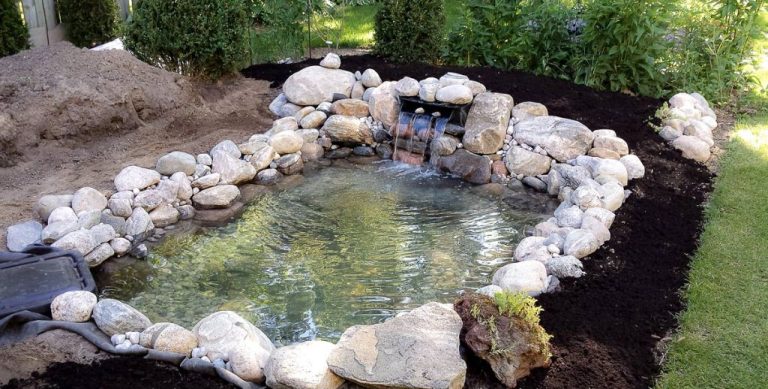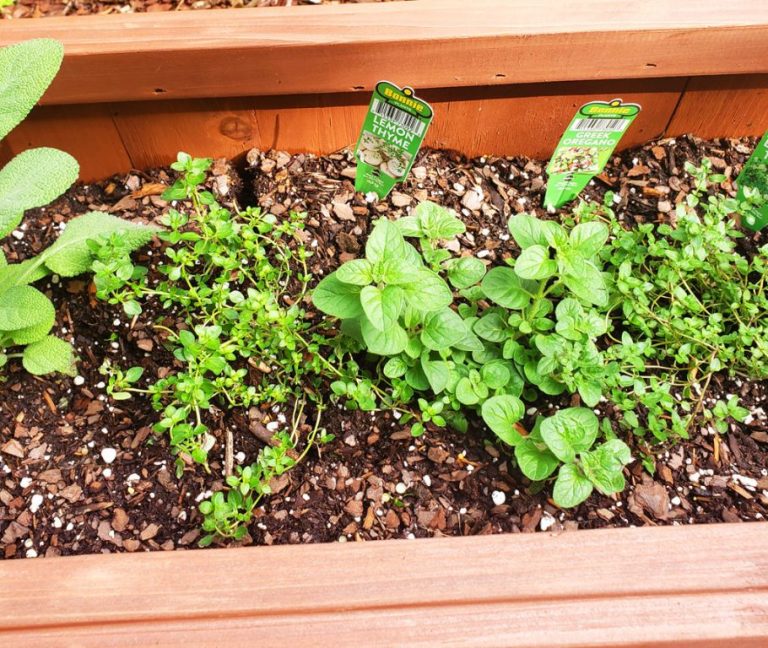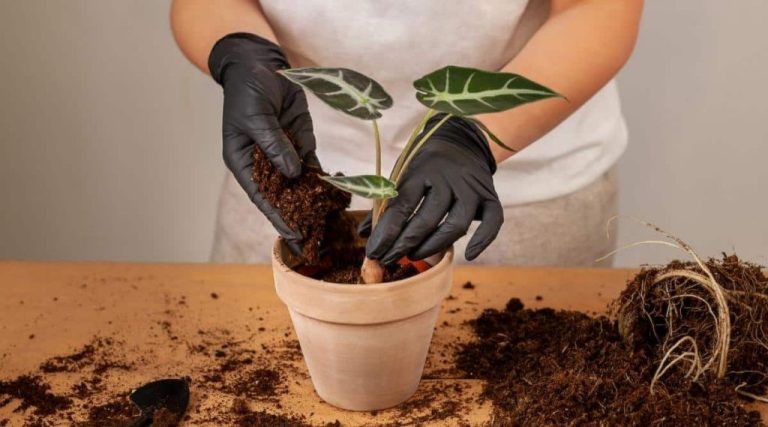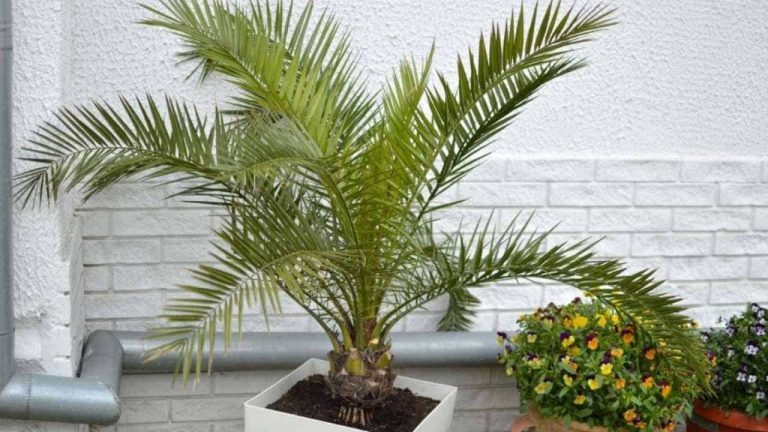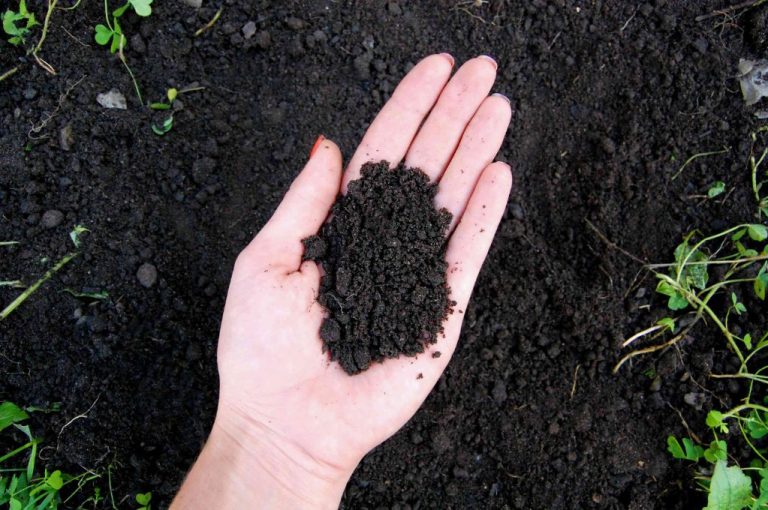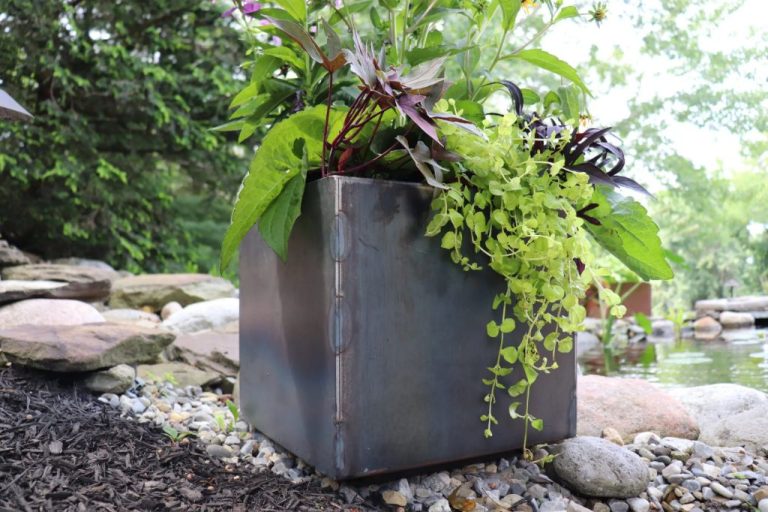Recycled Pallet Projects For Your Garden
Using recycled wood pallets for DIY garden projects is a creative way to repurpose and upcycle old shipping pallets. Pallet gardens allow you to grow fruits, vegetables, herbs, and flowers while keeping costs low. They are easy to put together and can be customized for various uses like planters, fences, compost bins, and more. Recycled pallet gardens are environmentally-friendly, budget-friendly, and fun to create. This guide will provide you with inspiration and step-by-step instructions for a variety of pallet projects you can build to enhance your garden space.
Why Use Recycled Pallets?
Using recycled pallets for DIY projects is an environmentally friendly way to reduce waste. According to a study by Penn State, wooden pallets have a lower carbon footprint than plastic pallets (source). When pallets are thrown away, they end up in landfills and take a long time to decompose. By repurposing used pallets, we keep them out of landfills and give them a second life.
Wooden pallets are ubiquitous – over 2 billion are manufactured every year in the US alone. Many get discarded after just a single use. Recycling pallets reduces the need for more to be produced. This saves trees and other natural resources, and reduces greenhouse gas emissions from manufacturing and transportation.
Upcycling pallets into DIY creations is an eco-friendly and sustainable solution. Building planters, vertical gardens, compost bins and other items from recycled wood pallets prevents useful materials from being wasted. It’s a great way to create charming, rustic garden decor while minimizing environmental impact.
Safety Tips
When working with recycled pallets, it’s important to take proper safety precautions. According to Pallet Safety Tips, you should always wear thick gloves when handling pallets since they often contain splinters and nails. It’s also crucial to check for any chemical residues, as pallets are commonly treated with fumigants and pesticides.
Before using a pallet, inspect it thoroughly and look for any signs of chemicals. Avoid breathing in sawdust or residue, and if you notice any unusual odors, do not use the pallet. Wear a protective face mask if cutting or sanding. OSHA recommends stacking pallets no higher than 4 feet to prevent toppling, and distribute weight evenly when loading.
Lay pallets flat on the ground rather than leaning against a structure. And take care when using forklifts or other equipment to move pallets, following proper safety procedures. With some simple precautions, you can reuse pallets safely for all kinds of creative garden projects.

Pallet Planter Box
A pallet planter box is one of the easiest DIY garden projects you can make with recycled pallets. The simple, rectangular design allows you to grow flowers, herbs, vegetables, or other plants in a contained area (Source).
To make a basic pallet planter box, you’ll need:
- 1-2 pallets
- Handsaw or jigsaw
- Drill
- Screws
- Hammer
- Soil
- Plants
Start by disassembling the pallets using a hammer or pry bar. Remove any damaged or rotting boards. Cut the pallet boards to size as needed using a handsaw or jigsaw. Reassemble into a box shape by screwing the boards together at the corners. Add drainage holes to the bottom with a drill. Fill the planter box with soil and plants. Position it anywhere in your garden or yard.
Pallet planter boxes are inexpensive, customizable, and easy beginner DIY projects for any garden. Make them any size or shape you need.
Vertical Pallet Garden
A vertical pallet garden is a great way to grow herbs, vegetables, and flowers in a small space. It makes use of vertical space by stacking pallets on top of each other or mounting them to a wall or fence. According to the Texas A&M Agrilife Extension, vertical gardens are perfect for “patios, balconies, courtyards – any area where space is limited” (https://travis-tx.tamu.edu/about-2/horticulture/basic-landscape-design/from-trash-to-treasure/build-a-vertical-garden-from-pallet/).
To build a vertical pallet garden, start by stacking two or more pallets on top of each other and securing them together. Make sure they are level and sturdy. Then line the inside of each pallet pocket with landscape fabric or plastic sheeting to keep the soil in place. Add potting soil to each pocket, leaving a couple inches at the top. Plant herbs, vegetables or flowers in each pocket, choosing varieties that will tolerate shallow root space. Consider cascading plants like nasturtiums or trailing vines. Water the plants by hand or use a drip irrigation system with emitters in each pocket. The vertical orientation will help drain off excess water.
The vertical design is great for growing herbs, salad greens, strawberries, and other edibles in a small footprint. Just be sure to provide plenty of sunlight. Vertical pallet gardens are an innovative way to cultivate fresh produce and herbs, even if you only have a tiny balcony or patio.
Compost Bin
A pallet compost bin is an excellent way to contain and break down yard waste into rich, organic compost for your garden. Using 7-12 pallets, you can easily build a 3-bin composting system right in your backyard.
Start by assembling the pallets into three equal-sized adjacent bins. Use untreated pallets in good condition, and secure them together at the corners. Make sure there are no gaps between the pallets larger than 1/2 inch so none of the compost material can escape.
The three bin system allows you to have one bin for fresh yard waste and kitchen scraps, one bin actively decomposing, and one bin finished compost ready for use. Turning and mixing the contents from one bin to another helps speed the composting process.
Drill or cut ventilation holes near the top of each pallet to allow air circulation. You can add a lid using another pallet or scrap wood to keep the bins covered. Locate your pallet compost bins directly on the ground or on a bed of wood chips for proper drainage.
Maintaining the right ingredients, moisture and aeration will result in finished compost in as little as 4-6 weeks. Then you’ll have rich, organic fertilizer to spread around your garden beds and landscaping.
Full tutorial: https://joegardener.com/video/how-to-make-a-compost-bin-using-free-shipping-pallets/
Potting Bench
A potting bench made from pallets provides a handy workspace and storage solution for gardening tools and supplies. Pallets can be arranged to create shelves, drawers, and other customized storage nooks to keep everything organized yet easily accessible.
Start by looking for sturdy pallets in good condition and lay them out to design your bench. Allow enough space between pallets for leg room when sitting. Use screws to connect the pallets, adding diagonal bracing across the open backs for stability. Sand and finish the wood or give it a fresh coat of weather-resistant paint.
Add shelves by screwing pallets horizontally to the sides or back. Insert boards between pallet slats to make small shelves for seed packets and tools. Screw salvaged cabinet doors or plywood panels to the front of cubby spaces to enclose storage. Attach hooks, baskets, and bins for storing gloves, spray bottles, and other small items within easy reach.
Customize your potting bench with handy extras like:
– Tool holders mounted to the sides or back
– A shelf with rod below for hanging garden gloves and aprons
– Slots cut into the work surface to hold garden stakes
– A galvanized tin tub to collect soil and debris
Position your potting bench in a shady spot near an outdoor spigot for a convenient gardening station. The salvaged pallets provide a sturdy, economical way to create a customized potting workspace.https://myhappysimpleliving.com/diy-pallet-potting-bench/
Trellis
A trellis made from recycled pallets is perfect for supporting climbing plants and vines. You can use full pallets or cut them into smaller sections depending on the size you need. Pallets work great because they already have openings that allow you to weave plants through.
To make a leaning trellis, prop a pallet up against a wall in your garden. You can also make an A-frame trellis by joining two pallets together at the top. Secure the pallets with wood screws, metal brackets or rope. Consider adding decorative elements like lattice or cut-outs to make it more visually appealing.
Sturdy vines that do well on trellises include grapes, kiwi, climbing roses, clematis, jasmine, and wisteria. Make sure to position the trellis in an area that gets at least 6 hours of sunlight per day. Place trellises along fences, walls, or at the end of a garden bed. The vertical structure will maximize your growing space.
For more ideas on building a DIY pallet trellis, see this guide: https://www.pinterest.com/pin/585256914065488269/
Pallet Fence
A pallet fence is a great way to add privacy and define areas in your garden. You can use pallets to build a tall fence around your entire yard or make smaller sections to border planting beds. Pallets are inexpensive, and building a fence from recycled materials fits with the sustainability of gardening.
Some key benefits of a pallet fence include:
- Provides privacy from neighbors or blocks unsightly views
- Defines garden spaces and creates separate zones in your yard
- Made from free or cheap recycled materials
- Easy to build even for beginners
- Lets air and light through while obscuring vision
When building a pallet fence, source free pallets from local businesses. Look for sturdy pallets without broken planks or exposed nails and screws. Stack the pallets in an interlocking zig-zag pattern and secure them together with deck screws from behind. You can leave the pallet wood as is or stain it for extra charm. Add trellises, planter boxes, gates, or arbors for decorative accents.
For inspiration, check out this pallet fence garden that provides both beauty and privacy: https://www.thespruce.com/pallet-fence-ideas-7557348
With a bit of creativity and minimal cost, you can use recycled pallets to build charming garden fences perfect for your needs.
Conclusion
Recycled pallets can be an economical and eco-friendly way to create functional and beautiful items for your garden. As we’ve seen, pallets can be upcycled into planter boxes, vertical gardens, compost bins, potting benches, trellises, fences, and more. With just a pallet or two and some basic DIY skills, you can craft customized garden additions to help organize, beautify, and maximize the productivity of your outdoor space.
Beyond the projects discussed here, pallets can also be used to build other items like benches, tables, shelves, storage units, and even outdoor kitchens and bars. Feel free to get creative and design your own unique pallet creations to serve your needs. The possibilities are endless! With the satisfaction of recycling and upcycling, you can build exactly what your garden space requires while adding rustic, industrial style.

